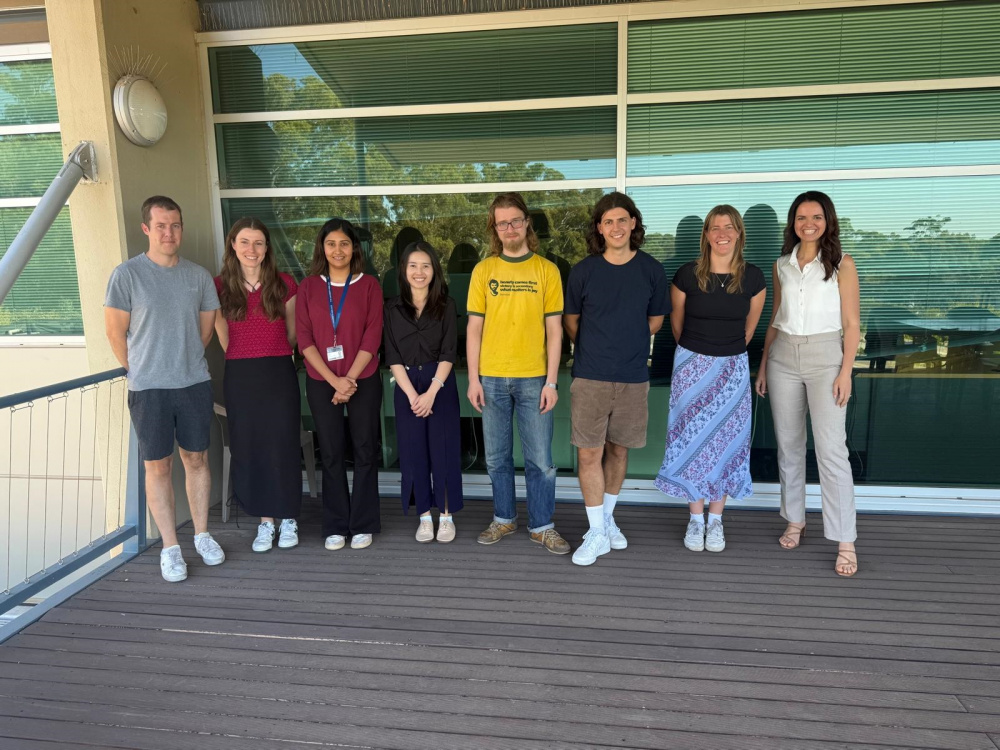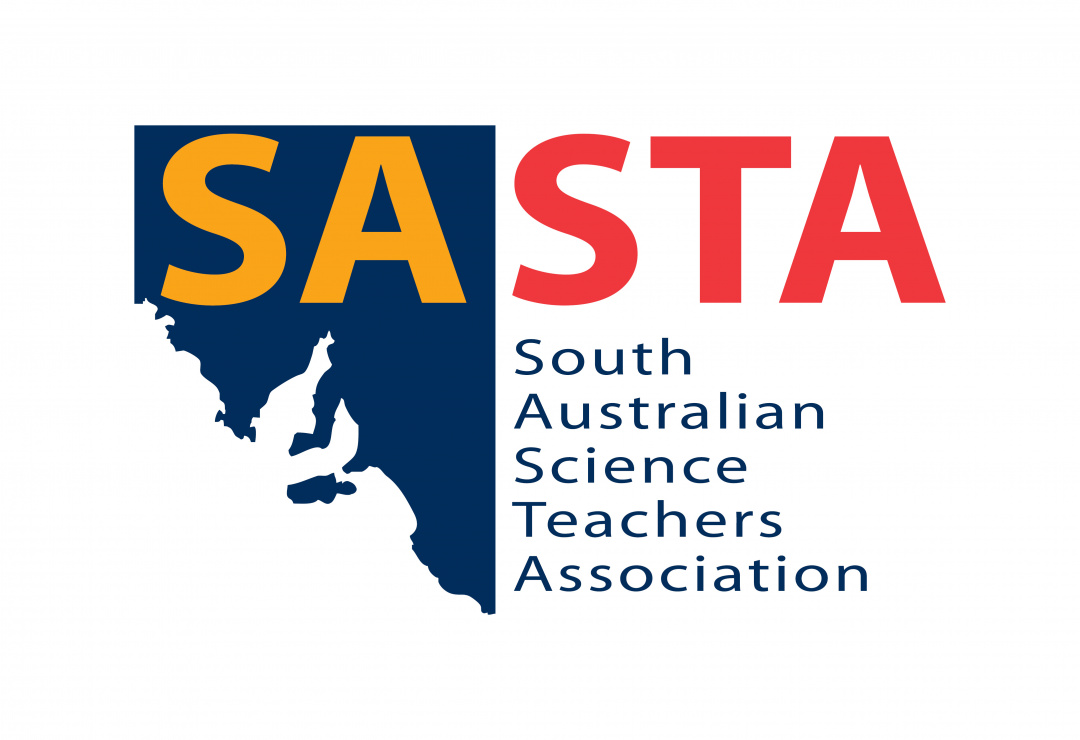
Posted by SASTA
on 31/03/2025
Dr Tatiana Soares da Costa, School of Agriculture, Food and Wine, Waite Research Institute, University of Adelaide
Weeds are popping up everywhere! Not just in our backyards, but also in farms all around Australia and the world. Weeds reduce the quality and size of food harvests, costing Australian farmers over $5 billion every year and driving up food prices. We rely on chemical weedkillers called herbicides to control weeds. However, the existing herbicides on the market are failing as weeds have become resistant. To make matters worse, very few new herbicides have entered the market in the past 40 years. As the world population is set to pass 10 billion people by 2050, how are we going to keep feeding people if weeds are winning the war against crops?
I lead a research team at the University of Adelaide that is turning failed drugs into new, environmentally friendly weedkillers to safeguard food production. This innovation started in 2019, when I was researching news ways to make drugs to kill deadly bacteria called superbugs. I made molecules that could block a bacterial protein, but sadly, they didn't kill the superbugs. Total failure, right? Or not....I realised that the protein we were targeting in superbugs was also found in weeds, and that the proteins looked very similar. Instead of giving up, I tested our molecules as weedkillers. And voila! We showed that our failed drugs could kill weeds that farmers can no longer control with current products. Excitingly, our herbicides are highly specifically to weeds, with no effects on human, animal or microbial cells.
My team has now expanded this discovery to show that weeds can be killed with other molecules that have been designed to kill superbugs. Using failed drugs as herbicides is a game-changer in the agricultural industry as it can help us develop herbicides quicker and cheaper by leveraging the research already done on superbugs and applying it to weeds. Because these molecules can't kill bacteria, they won’t lead to antibiotic resistance. This just goes to show that what looks like a dead-end might be a hidden corner instead!
Funding for this research program has been provided by the Australian Research Council through a Discovery Project (DP220101901) and Future Fellowship (FT230100203) awarded to Dr Tatiana Soares da Costa.
Tatiana will also be presenting a Cutting Edge Session at the 2025 SASTA Annual Conference on Tuesday 15 April. Click here to find out more.
Photo legend: Members of the Soares da Costa research group (from left to right). Dr Andrew Barrow (postdoctoral researcher), Dr Emily Mackie (postdoctoral researcher), Sreshtha Malik (PhD student), Olivia Oh (PhD student), Art Hussnain (MPhil student), Ryan McClean (PhD student), Mirrin McKay (PhD student) and Dr Tatiana Soares da Costa (Laboratory Head).
In this Section
Archive
- December 2025
- November 2025
- October 2025
- September 2025
- August 2025
- July 2025
- June 2025
- May 2025
- April 2025
- March 2025
- February 2025
- January 2025
- December 2024
- November 2024
- October 2024
- September 2024
- August 2024
- July 2024
- June 2024
- May 2024
- April 2024
- March 2024
- February 2024
- December 2023
- November 2023
- October 2023
- September 2023
- July 2023
- June 2023
- May 2023
- April 2023
- March 2023
- February 2023
- January 2023
- December 2022
- November 2022
- October 2022
- August 2022
- July 2022
- June 2022
- May 2022
- April 2022
- March 2022
- February 2022
- January 2022
- December 2021
- November 2021
- October 2021
- September 2021
- August 2021
- July 2021
- June 2021
- May 2021
- April 2021
- March 2021
- February 2021
- January 2021
- December 2020
- November 2020
- October 2020
- September 2020
- August 2020
- July 2020
- June 2020
- May 2020
- April 2020
- October 2018
- September 2018
- August 2018
- July 2018

